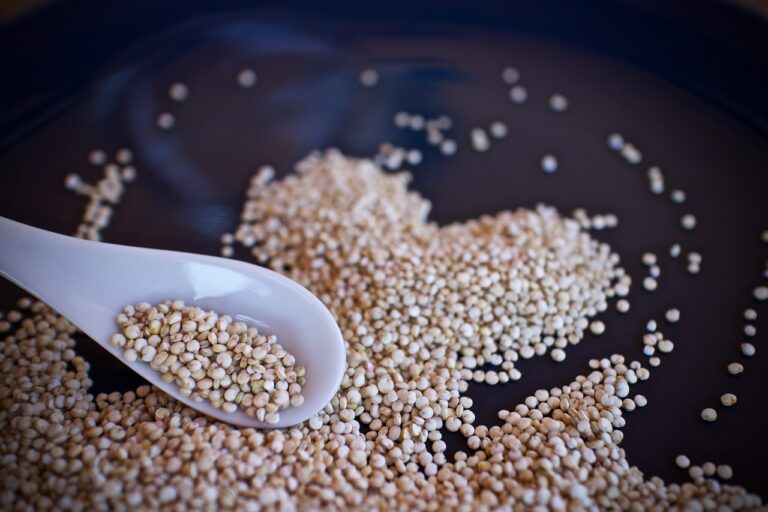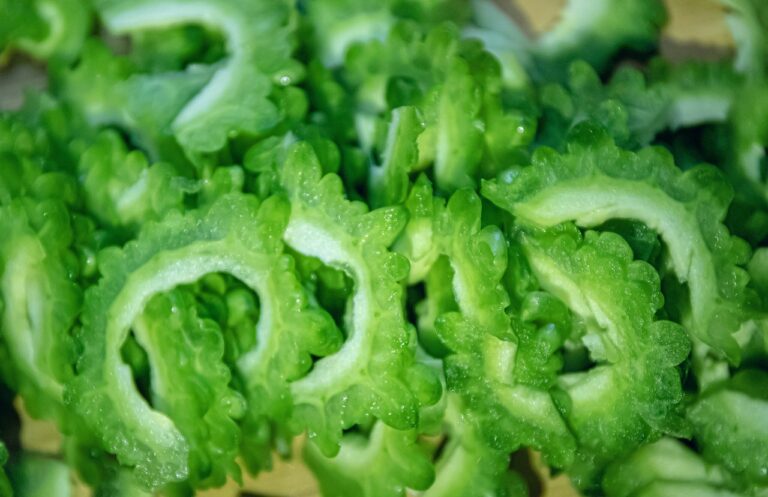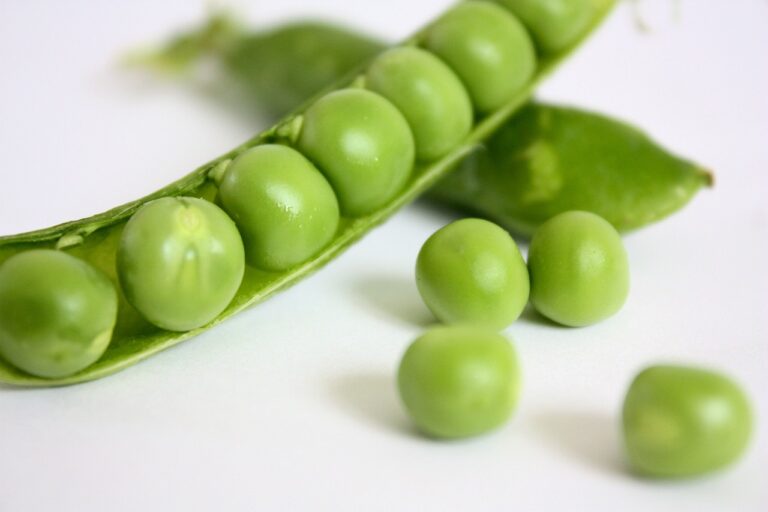Craving Custard: 10 Awesome Reasons

Custard, a creamy, comforting dessert that has been cherished for generations, often triggers intense cravings in many. This sweet, smooth concoction made primarily from milk, eggs, and sugar, can be enjoyed in various forms, ranging from a simple bowl of vanilla custard to elaborate pastries and pies. But what is it about custard that makes it so irresistible? This article delves into the reasons behind our cravings for custard, exploring the sensory, emotional, and cultural factors that make it a sought-after treat.
Why Am I Craving Custard?
1. The Comfort Factor
Custard’s creamy texture and sweet flavor often evoke a sense of nostalgia and comfort, making it a go-to treat for many seeking solace in food. This emotional connection can stem from childhood memories of enjoying custard as a reward or a soothing treat during times of distress. The act of eating custard can serve as a form of emotional self-care, providing a momentary escape from the stresses of daily life.
Moreover, the warm, creamy texture of custard can be incredibly comforting, especially during colder months. The sensation of eating something warm and smooth can create a cozy feeling that warms both the body and soul, making custard a popular choice for a comfort dessert.
2. The Variety and Versatility
One of the reasons behind the craving for custard is its versatility. Custard can be the star of a variety of desserts, from custard tarts and eclairs to crème brûlée and ice cream. This versatility means there’s always a new custard-based dessert to try, keeping the craving fresh and exciting.
Additionally, the ability to infuse custard with a wide range of flavors, from vanilla and chocolate to fruit and spices, means that it can cater to a wide range of taste preferences. This versatility not only makes custard appealing to a broad audience but also keeps it interesting for those who crave its comforting texture and flavor.
3. The Sensory Experience
Eating custard is a sensory experience that goes beyond just taste. The smooth, creamy texture of custard is pleasing to the palate, creating a luxurious mouthfeel that is hard to find in other desserts. This sensory satisfaction is a significant factor in why people crave custard, as the experience of eating it is as important as the flavor itself.
Moreover, the visual appeal of custard desserts, whether it’s the caramelized top of a crème brûlée or the glossy surface of a custard tart, can trigger cravings. The anticipation of breaking through the caramelized sugar or cutting into a soft, creamy tart adds to the overall enjoyment and desire for custard.
4. The Sweetness Factor
Custard’s inherent sweetness is another reason why many crave it. The combination of sugar, milk, and eggs creates a naturally sweet dessert that satisfies the universal craving for sugary foods. This sweetness can trigger the release of feel-good hormones like serotonin, contributing to the mood-boosting effects of eating custard.
Furthermore, the level of sweetness in custard can often be adjusted, making it a customizable treat that can cater to different sweetness preferences. Whether you prefer your custard subtly sweet or richly indulgent, the ability to tailor the sweetness level makes it even more appealing.
5. The Nutritional Aspect
While custard is often seen as a treat, it does contain nutritional benefits that can contribute to its craving. Eggs, one of the main ingredients in custard, are a good source of protein and vitamins, providing a nutritional boost. Milk, another key ingredient, adds calcium and vitamin D, making custard a dessert that can offer more than just sweetness.
The nutritional content of custard, particularly when made with whole ingredients and less sugar, can make it a relatively healthier dessert option. This aspect of custard might appeal to those who are looking for a treat that satisfies their sweet tooth without completely disregarding nutritional value.
6. The Social and Cultural Connections
Custard has a rich history and is a significant part of many cultures’ cuisine, making it a dessert with deep social and cultural connections. In many families and communities, custard recipes are passed down through generations, making the act of making and eating custard a way to connect with one’s heritage and traditions.
These cultural and social ties can intensify the craving for custard, as it becomes not just about the taste or comfort but also about connecting with others and honoring traditions. Custard can evoke feelings of belonging and identity, making the craving for it more profound than just a simple desire for something sweet.
7. The Seasonal Influence
Certain times of the year can amplify cravings for custard, as it is often associated with specific seasons and holidays. For instance, the holiday season may bring about a desire for custard-based desserts like trifle or eggnog, which are traditional in many cultures. The association of custard with festive celebrations can make it a highly anticipated treat, increasing the craving when the season approaches.
Moreover, the change in seasons can affect our food preferences, with warmer months possibly triggering a desire for cold custard desserts like ice cream or chilled custard pies. This seasonal influence ensures that custard remains a year-round craving, with different forms of the dessert being sought after depending on the time of year.
8. The Ease of Preparation
Custard’s relatively simple ingredient list and preparation process make it an accessible dessert option for many. The ease of making custard from scratch or even from convenient pre-made mixes can satisfy a craving quickly and efficiently. This accessibility makes custard a go-to option for both novice cooks and experienced chefs alike, contributing to its widespread appeal.
The simplicity of custard also allows for creativity in the kitchen, encouraging experimentation with flavors and presentations. This ease of preparation combined with the potential for customization makes custard an endlessly appealing dessert for those who crave it.
9. The Global Appeal
Custard enjoys popularity across the globe, with variations of the dessert found in nearly every cuisine. This global appeal means that custard can satisfy cravings for something exotic or familiar, depending on the individual’s background or culinary preferences. The wide range of custard-based desserts from different cultures can introduce new flavors and textures, keeping the craving for custard fresh and exciting.
Additionally, the global presence of custard means that it’s often featured in international cuisine, making it a common dessert option in restaurants and cafes. This accessibility further fuels the craving for custard, as it’s a familiar comfort food that’s readily available in various forms worldwide.
10. The Indulgence Factor
Finally, the craving for custard can often be attributed to its indulgence factor. As a dessert, custard is seen as a treat, something to be enjoyed as part of a celebration or as a reward. The act of indulging in a creamy, rich custard dessert can be a form of self-care, allowing individuals to enjoy a moment of pleasure in their busy lives.
This indulgence factor is heightened by the perception of custard as a luxurious dessert, especially when it’s part of elaborate pastries or served in fine dining establishments. The desire for a little luxury and indulgence in one’s life can make custard an irresistible craving, combining the pleasure of taste with the satisfaction of treating oneself to something special.
Custard, with its comforting texture, versatility, and deep-rooted cultural significance, is more than just a simple dessert. It’s a source of comfort, a trigger for nostalgia, and a means of connection, making our cravings for it complex and multifaceted. Whether enjoyed in its simplest form or as part of an elaborate dessert, custard remains a beloved treat that continues to satisfy cravings around the world.






